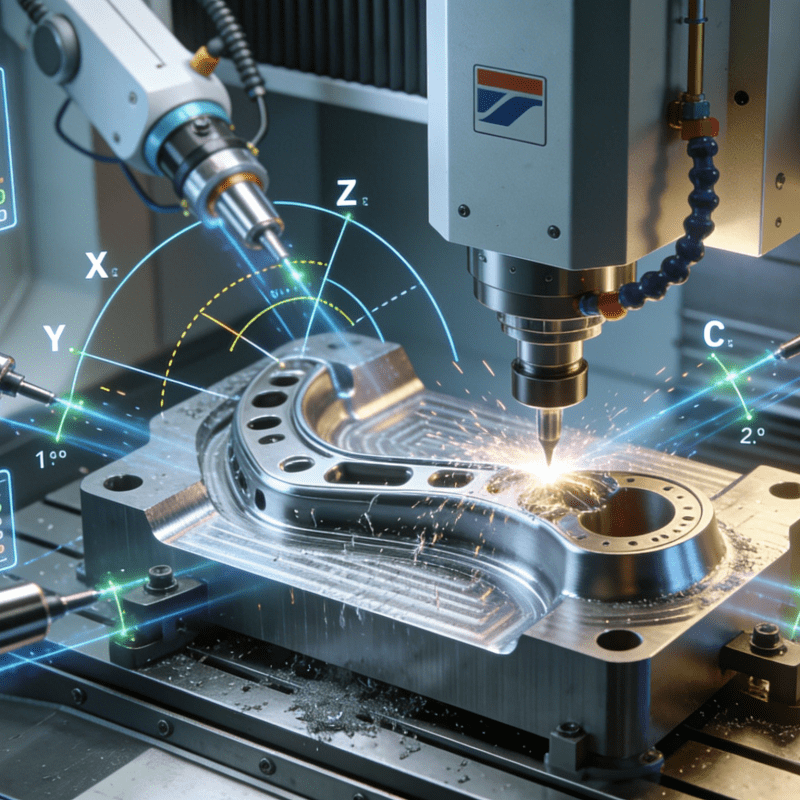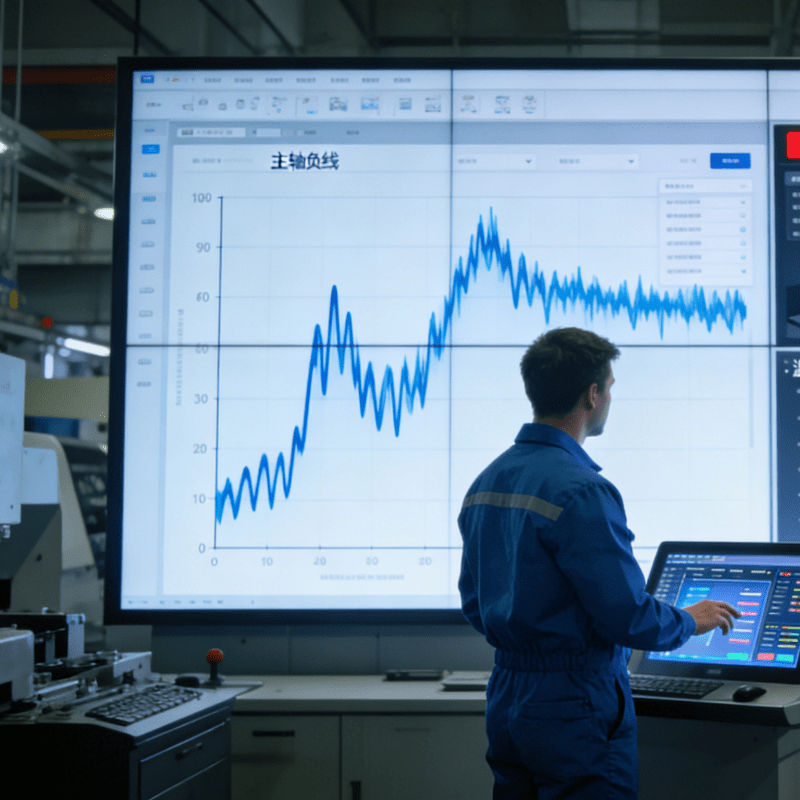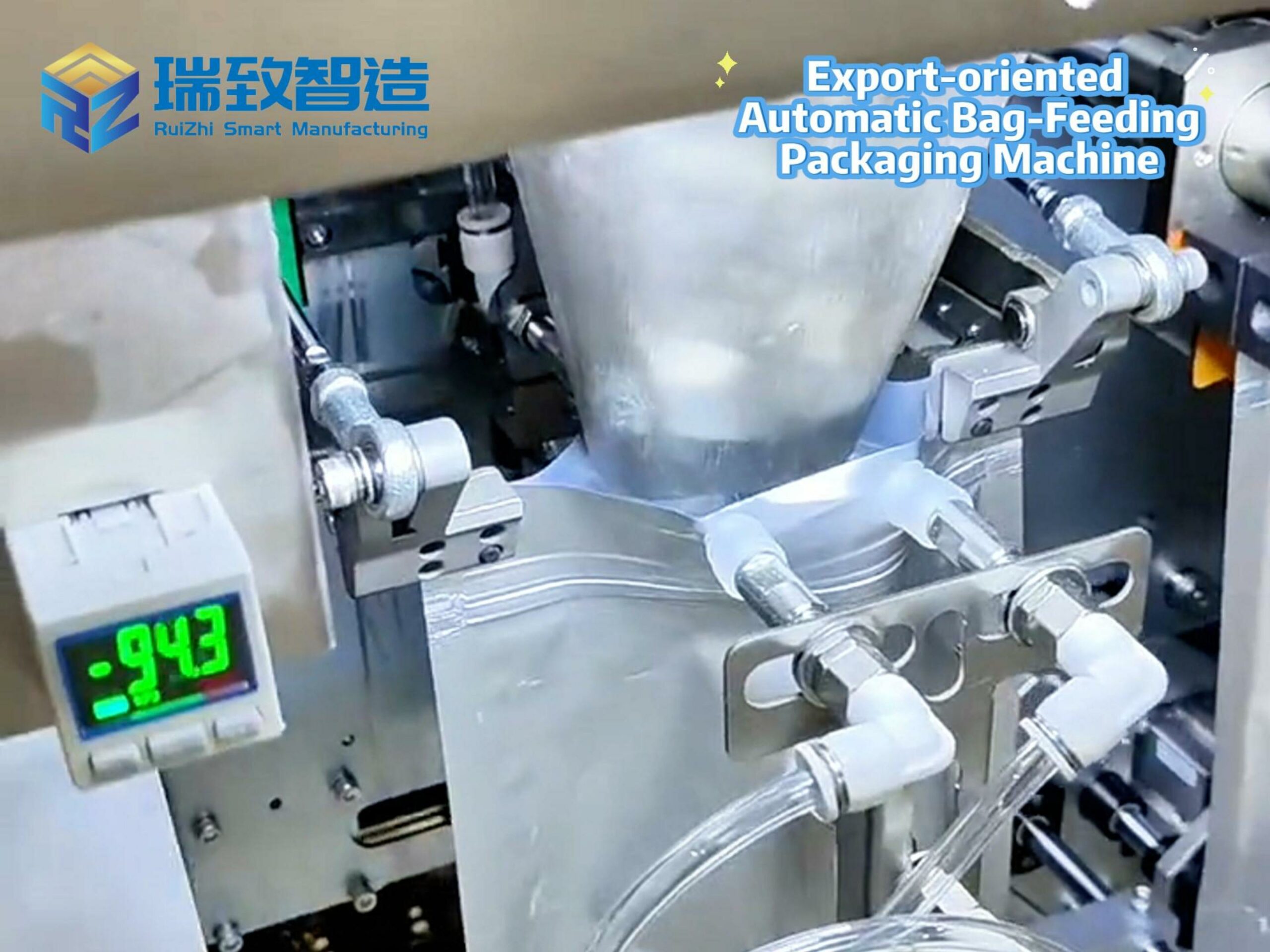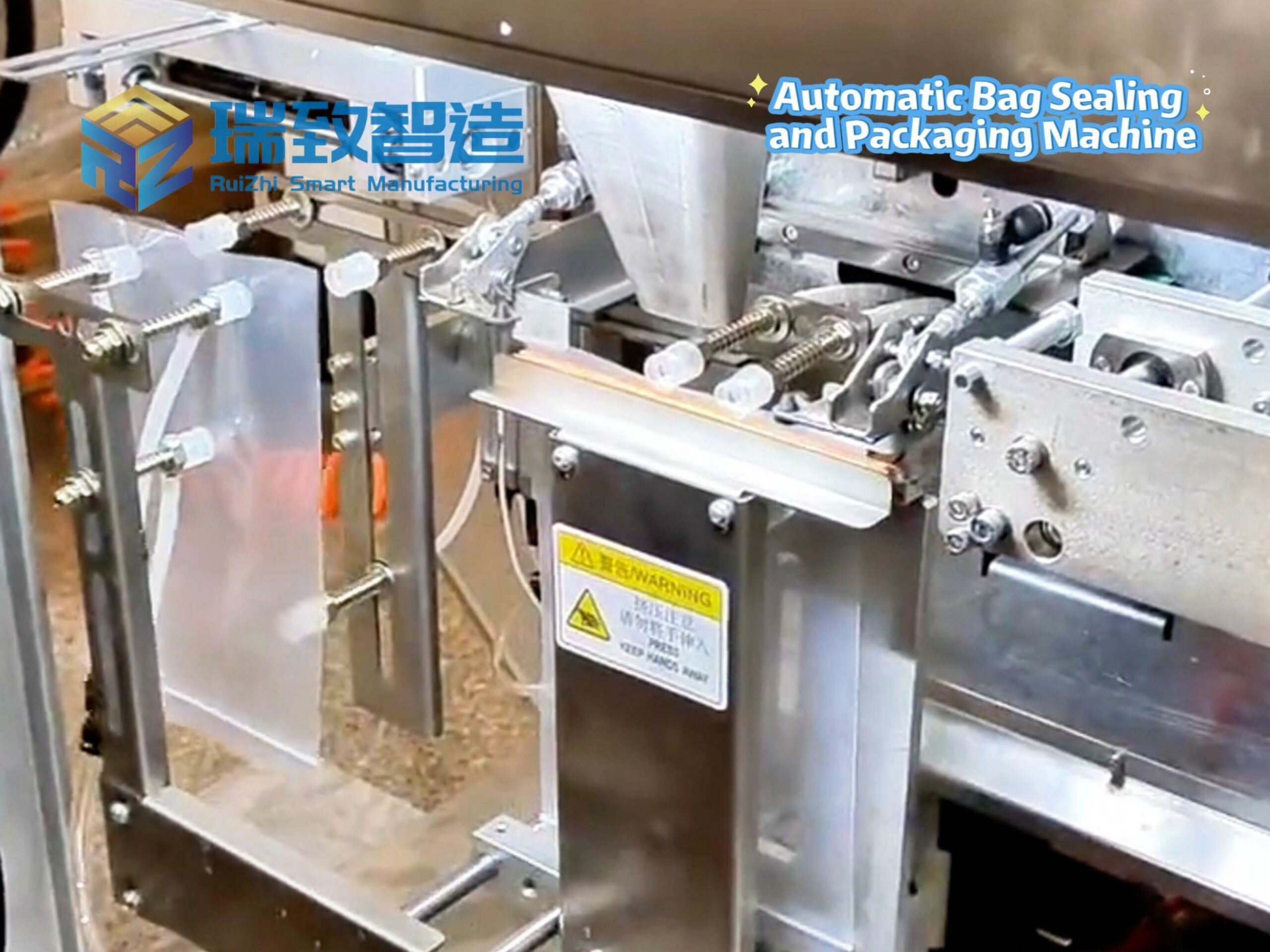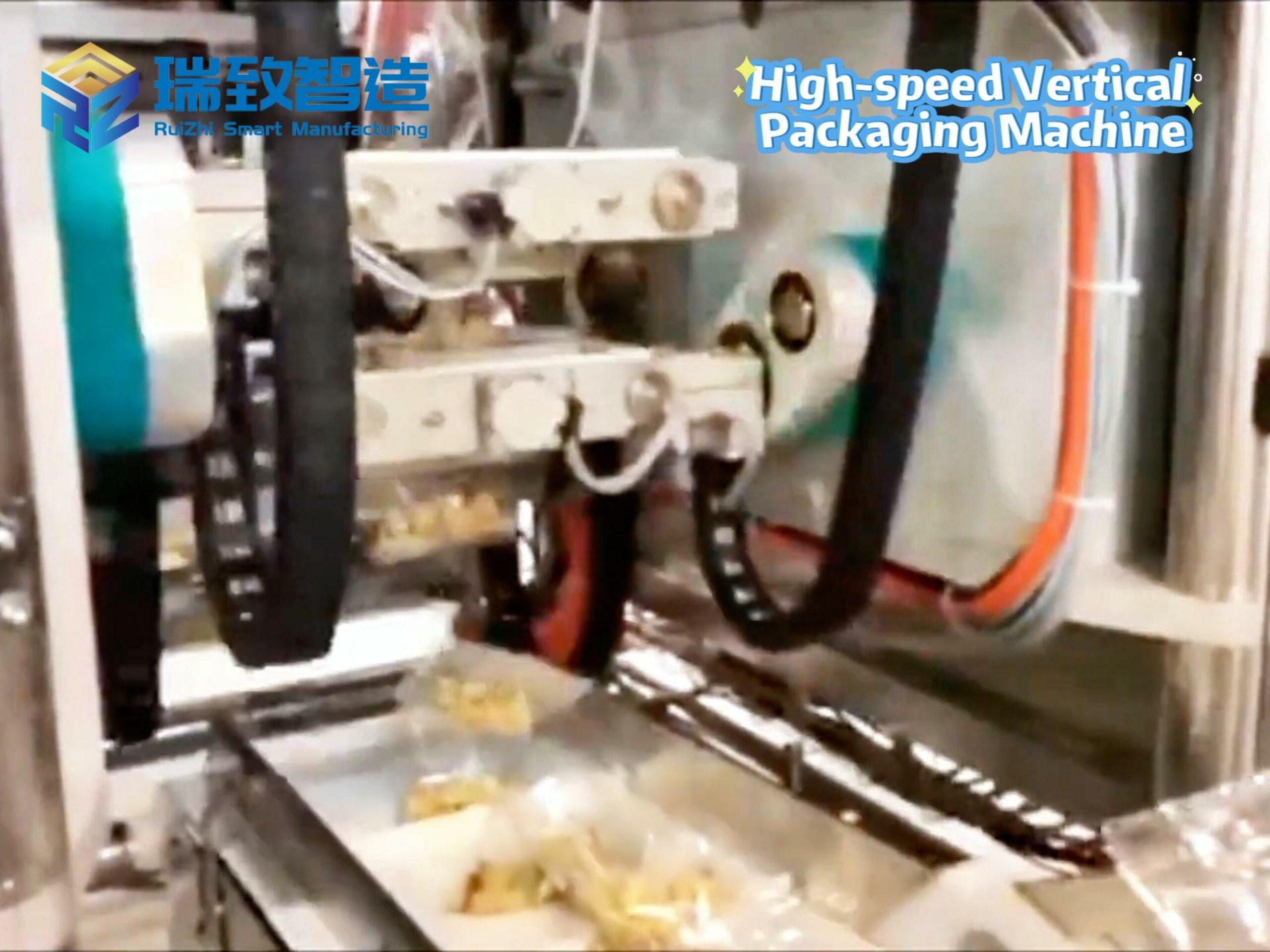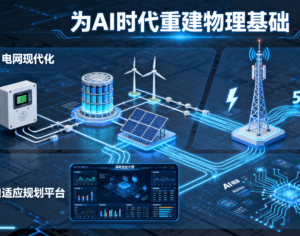
The U.S. is racing to lead in artificial intelligence, but winning this contest won’t be decided by breakthrough algorithms alone. Behind every cutting-edge AI model lies a less glamorous but critical reality: the physical infrastructure that powers, connects, and enables it. Training a single advanced AI model can devour as much electricity as 130 households use in a year. Running these models in real time demands constant high-speed connectivity and edge computing muscle. To lead in AI, America must first strengthen the foundations—its power grids, data centers, and broadband networks—that make this technology possible. This isn’t just about building new infrastructure; it’s about reimagining how we plan, upgrade, and coordinate these systems to keep pace with a technology evolving at breakneck speed.
AI’s Insatiable Hunger: Infrastructure Under Pressure
AI may feel like a purely digital revolution, but it’s a voracious consumer of physical resources. Consider the numbers: Training GPT-3, a relatively early large language model, consumes roughly 1,300 MWh of electricity—enough to power 130 homes annually. Today, thousands of U.S. organizations are training their own models, driving the AI training market to nearly $3 billion in value, with projections to hit $10 billion by 2030. And that’s just training. Inference—the real-time use of AI models in everything from chatbots to medical diagnostics—requires uninterrupted power, ultra-fast broadband, and edge computing hubs to process data locally, without lag.
This hunger ripples beyond data centers into manufacturing, where AI-driven systems like automatic injection-molded part feeding and assembly rely on the same infrastructure backbone. These precision systems, which autonomously sort, align, and assemble plastic components for everything from electronics to automotive parts, depend on steady power to maintain microsecond-level accuracy and real-time data flows to adapt to material variations—both of which falter when grids are unstable or broadband lags.
The International Energy Agency warns that global electricity demand could double by 2030, with AI and cryptocurrency as major drivers. But America’s infrastructure wasn’t built for this. Aging power grids struggle to handle spikes in demand from data centers. Connecting new facilities to the grid can take years, bogged down by regulatory backlogs and interconnection queues. Even where power exists, broadband networks in rural and underserved areas lack the capacity to support AI’s real-time needs. The result is a growing gap: AI’s potential is outpacing the systems that must sustain it.
A Mismatch in Speed: Innovation vs. Infrastructure
Washington has stepped up with significant investments—the Infrastructure Investment and Jobs Act (IIJA), CHIPS Act, and Inflation Reduction Act (IRA) pour billions into upgrading infrastructure. But these funds flow through systems designed for a slower era. Planning, permitting, and building infrastructure follow decades-long timelines; AI evolves in months.
Take grid interconnection, for example. Getting a new power project connected to the grid can require multiple viability studies and approvals, stretching to five years or more. In AI terms, that’s an eternity. Five years ago, GPT models didn’t exist; today, they’re rewriting industries. Regulators have begun streamlining processes—like the Federal Energy Regulatory Commission’s 2025 approval to fast-track 50 critical power plants—but these are Band-Aids. The core machinery of infrastructure planning remains too slow, disjointed, and siloed to match AI’s pace.
State and local agencies, tasked with executing most projects, still rely on outdated tools and workflows, leaving them unable to anticipate or respond to AI’s emerging demands.
From Federal Ambition to Local Action
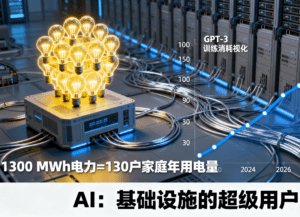
The federal government can set priorities and allocate funds, but the real work of building AI’s backbone happens locally. It’s local utilities that approve power hookups for data centers, local governments that site new broadband towers, and regional planners that map where edge computing hubs are needed.
Yet many local agencies are overwhelmed: They grapple with legacy systems, understaffing, and permitting rules designed for highways and bridges, not AI-ready infrastructure.
Unlocking progress means empowering these local actors. They need real-time data to align capital projects with AI’s needs—like identifying where grid capacity will fall short as data centers multiply. They need digitized, streamlined permitting to cut approval times from years to months. And they need better coordination with federal programs, so IIJA funds, for example, don’t get stuck in bureaucratic handoffs. This isn’t about reinventing the wheel; it’s about making existing systems adaptive enough to keep up.
Rethinking Infrastructure as a Strategic Asset
To lead in AI, America must treat infrastructure as a strategic lever, not an afterthought. This starts with smarter capital planning: using real-time data, risk modeling, and long-term forecasting to prioritize projects that directly enable AI—whether that’s upgrading grid capacity near tech hubs or expanding fiber broadband to support edge computing.
It means breaking down silos, so energy, broadband, and data center plans work in concert. And it requires equipping public agencies with tools to plan faster, build smarter, and adapt as AI’s needs evolve.
The first phase of AI leadership was about software and innovation. The next phase will be about infrastructure. America’s ability to compete globally hinges not just on the brilliance of its AI models, but on the strength of the physical systems that bring them to life. Build that backbone, and AI’s promise—from medical breakthroughs to economic growth—becomes possible. Fall short, and even the most advanced algorithms will struggle to deliver.
The race for AI leadership is, at its core, a race to rebuild. The question is whether America can move fast enough to win it.


